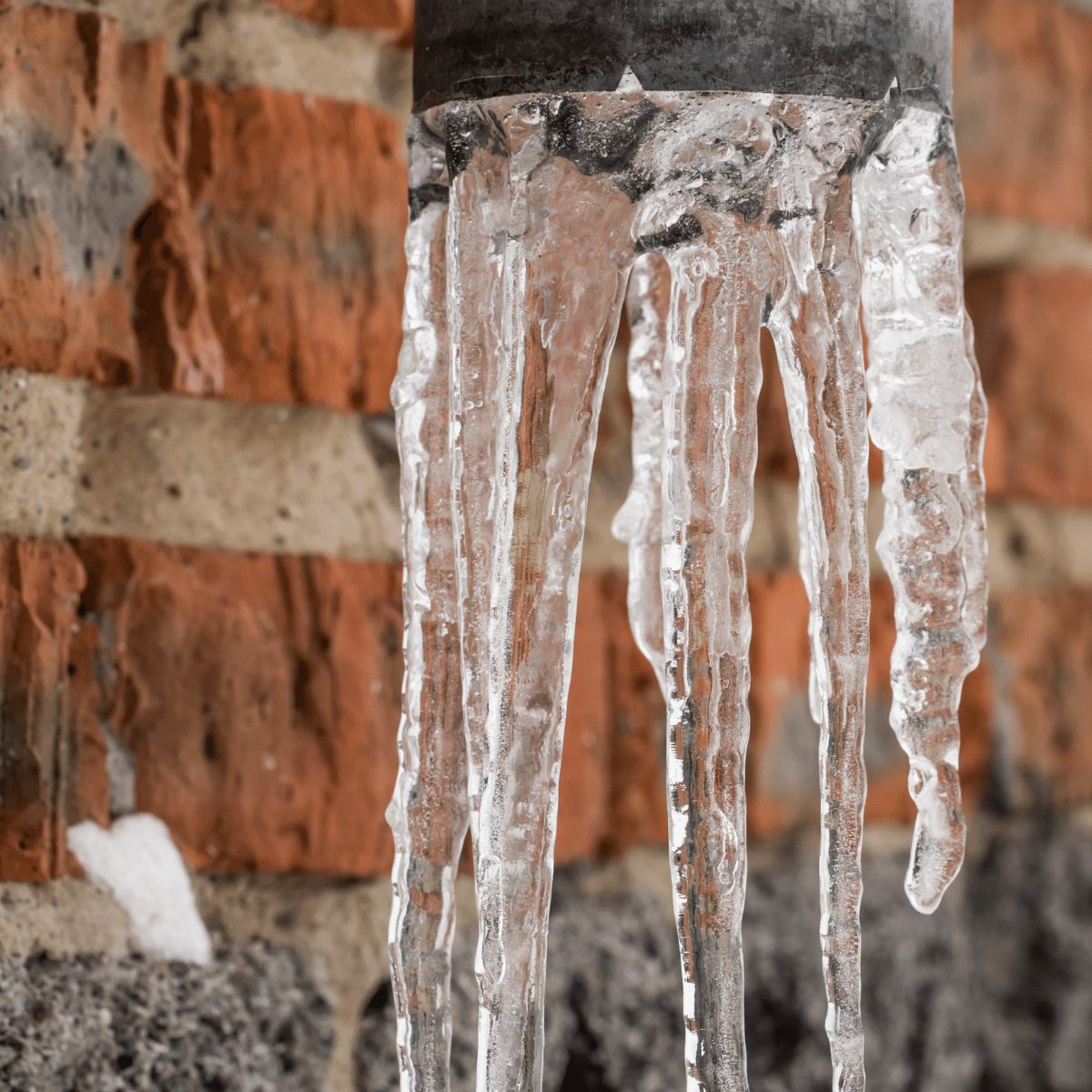What're your thoughts on How To Avoid Freezing Pipes?

Winter can wreak havoc on your pipes, specifically by freezing pipes. Below's how to prevent it from occurring and what to do if it does.
Introduction
As temperatures drop, the danger of frozen pipes increases, potentially causing expensive repair work and water damages. Comprehending how to avoid frozen pipelines is critical for home owners in cool environments.
Comprehending Frozen Pipelines
What causes pipelines to ice up?
Pipes ice up when subjected to temperature levels listed below 32 ° F (0 ° C) for prolonged periods. As water inside the pipelines freezes, it expands, putting pressure on the pipeline walls and possibly triggering them to rupture.
Dangers and damages
Frozen pipelines can result in supply of water interruptions, building damages, and costly fixings. Burst pipelines can flooding homes and cause extensive structural damages.
Indicators of Frozen Water Lines
Identifying icy pipelines early can prevent them from rupturing.
Exactly how to identify frozen pipes
Try to find reduced water flow from faucets, unusual odors or noises from pipes, and noticeable frost on revealed pipes.
Avoidance Tips
Protecting susceptible pipes
Cover pipes in insulation sleeves or use warmth tape to shield them from freezing temperature levels. Focus on pipelines in unheated or external locations of the home.
Home heating methods
Maintain indoor spaces appropriately warmed, especially areas with plumbing. Open cupboard doors to permit warm air to distribute around pipelines under sinks.
Protecting Outdoor Pipes
Yard hose pipes and exterior taps
Separate and drain pipes yard hose pipes before wintertime. Set up frost-proof faucets or cover exterior taps with protected caps.
What to Do If Your Pipes Freeze
Immediate actions to take
If you suspect frozen pipelines, maintain faucets available to soothe stress as the ice melts. Make use of a hairdryer or towels taken in warm water to thaw pipes gradually.
Long-Term Solutions
Structural modifications
Think about rerouting pipelines far from exterior wall surfaces or unheated locations. Add additional insulation to attic rooms, cellars, and crawl spaces.
Upgrading insulation
Purchase high-grade insulation for pipes, attic rooms, and walls. Appropriate insulation aids keep consistent temperatures and lowers the danger of frozen pipes.
Verdict
Preventing frozen pipelines calls for proactive procedures and quick feedbacks. By understanding the causes, indicators, and safety nets, house owners can shield their pipes throughout winter.
5 Ways to Prevent Frozen Pipes
Drain Outdoor Faucets and Disconnect Hoses
First, close the shut-off valve that controls the flow of water in the pipe to your outdoor faucet. Then, head outside to disconnect and drain your hose and open the outdoor faucet to allow the water to completely drain out of the line. Turn off the faucet when done. Finally, head back to the shut-off valve and drain the remaining water inside the pipe into a bucket or container. Additionally, if you have a home irrigation system, you should consider hiring an expert to clear the system of water each year.
Insulate Pipes
One of the best and most cost-effective methods for preventing frozen water pipes is to wrap your pipes with insulation. This is especially important for areas in your home that aren’t exposed to heat, such as an attic. We suggest using foam sleeves, which can typically be found at your local hardware store.
Keep Heat Running at 65
Your pipes are located inside your walls, and the temperature there is much colder than the rest of the house. To prevent your pipes from freezing, The Insurance Information Institute suggests that you keep your home heated to at least 65 degrees, even when traveling. You may want to invest in smart devices that can keep an eye on the temperature in your home while you’re away.
Leave Water Dripping
Moving water — even a small trickle — can prevent ice from forming inside your pipes. When freezing temps are imminent, start a drip of water from all faucets that serve exposed pipes. Leaving a few faucets running will also help relieve pressure inside the pipes and help prevent a rupture if the water inside freezes.
Open Cupboard Doors
Warm your kitchen and bathroom pipes by opening cupboards and vanities. You should also leave your interior doors ajar to help warm air circulate evenly throughout your home.

I have been very intrigued by Winter Plumbing Precautions: Preventing Frozen Pipes and I really hope you appreciated the blog entry. Appreciated our blog entry? Please quickly share it. Let others discover it. Thanks for being here. Revisit us soon.
Visit My Site